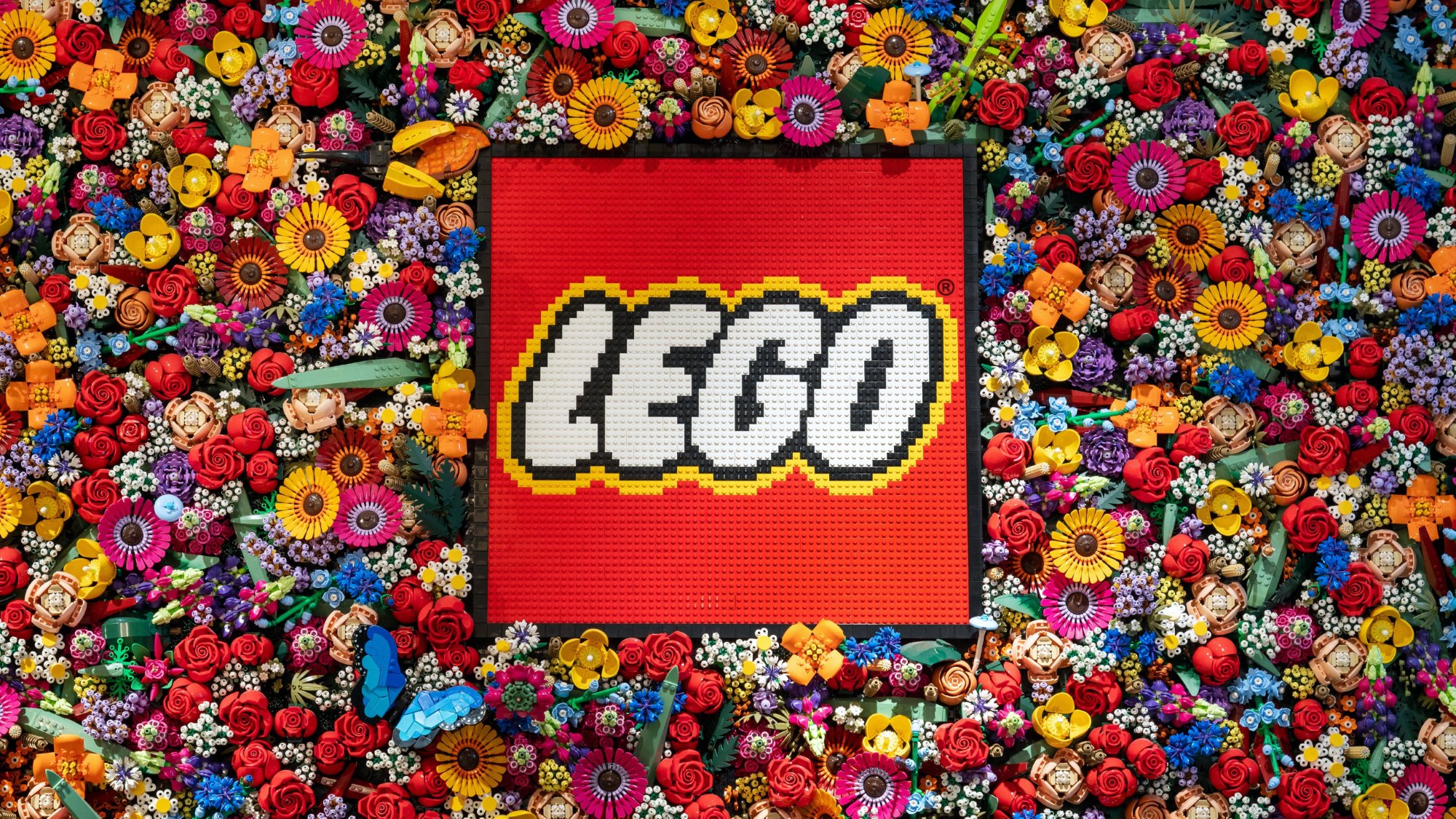
How LEGO Earned a Spot Among TIME’s Most Influential Companies
“Play is not frivolous. It is how we learn.” Those words from the late educator Seymour Papert echo through LEGO’s history. On 26 June 2025, TIME put that idea
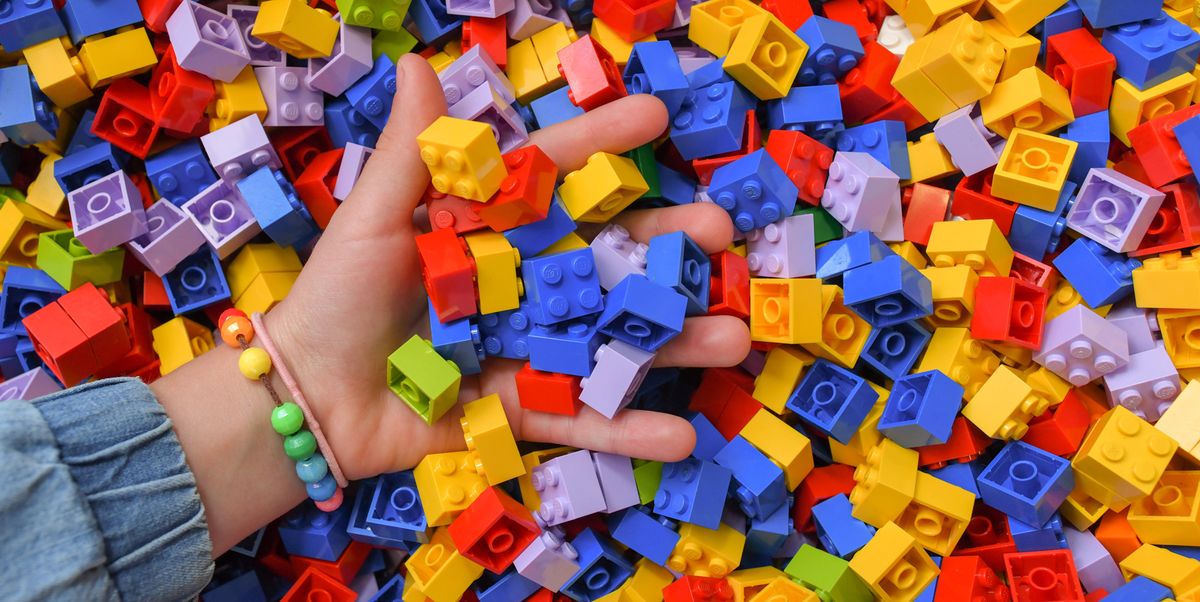
LEGO has been a popular toy for decades, enjoyed by children and adults alike. However, beyond the fun and entertainment, LEGO offers a range of educational benefits and can enhance cognitive development. In this article, we will explore the science behind LEGO, its benefits, and how it can help children learn and grow.
LEGO is a construction toy consisting of interlocking plastic bricks, gears, axles, and other parts that can be assembled to create various structures and objects. The LEGO system was first introduced in 1949 and has since become a global phenomenon.
LEGO is not just a toy; it has many educational benefits as well:
LEGO can have a positive impact on cognitive development in children. Research has shown that LEGO can improve the following cognitive skills:
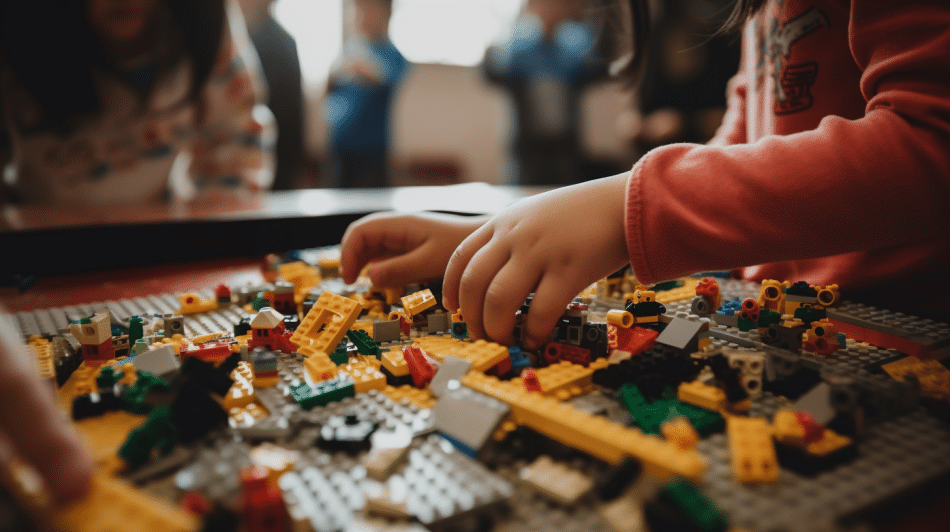
Given the educational benefits of LEGO, many schools and educators are using LEGO in the classroom to enhance learning. LEGO Education offers a range of products and resources that help teachers integrate LEGO into their lessons, including:
LEGO is more than just a toy; it is a tool that can enhance cognitive development and offer a range of educational benefits. LEGO can help children develop creativity, problem-solving skills, fine motor skills, spatial reasoning, collaboration, communication, math skills, language skills, executive functioning, attention and focus, and memory. With the range of products and resources offered by LEGO Education, educators can integrate LEGO into their lessons and help students learn in a fun and engaging way.
While LEGO has always been popular among children, its potential as an educational tool is becoming increasingly recognized. The use of LEGO in education has been shown to enhance students’ engagement and motivation, as well as improve their academic performance in various subject areas.
Incorporating LEGO into lesson plans allows for a more hands-on approach to learning that can be particularly beneficial for students who may struggle with traditional teaching methods. For example, students who have difficulty with abstract concepts in math may find it easier to understand and apply mathematical concepts through building with LEGO bricks.
Moreover, the social and emotional benefits of using LEGO in education cannot be overlooked. Building with LEGO can provide a sense of accomplishment and boost students’ self-esteem. Additionally, collaborating with peers on LEGO projects promotes teamwork and communication skills, which are essential in all areas of life.
The science of LEGO suggests that incorporating LEGO into education can be a valuable tool for promoting cognitive development, enhancing academic performance, and fostering social and emotional learning. Whether it’s through LEGO Education resources or simply bringing LEGO bricks into the classroom, educators have the opportunity to engage students in a fun and meaningful way that can positively impact their lifelong learning journey.

“Play is not frivolous. It is how we learn.” Those words from the late educator Seymour Papert echo through LEGO’s history. On 26 June 2025, TIME put that idea

I remember the first time I came across a suspicious minifigure. It felt light in my hand, and the print on its torso looked slightly
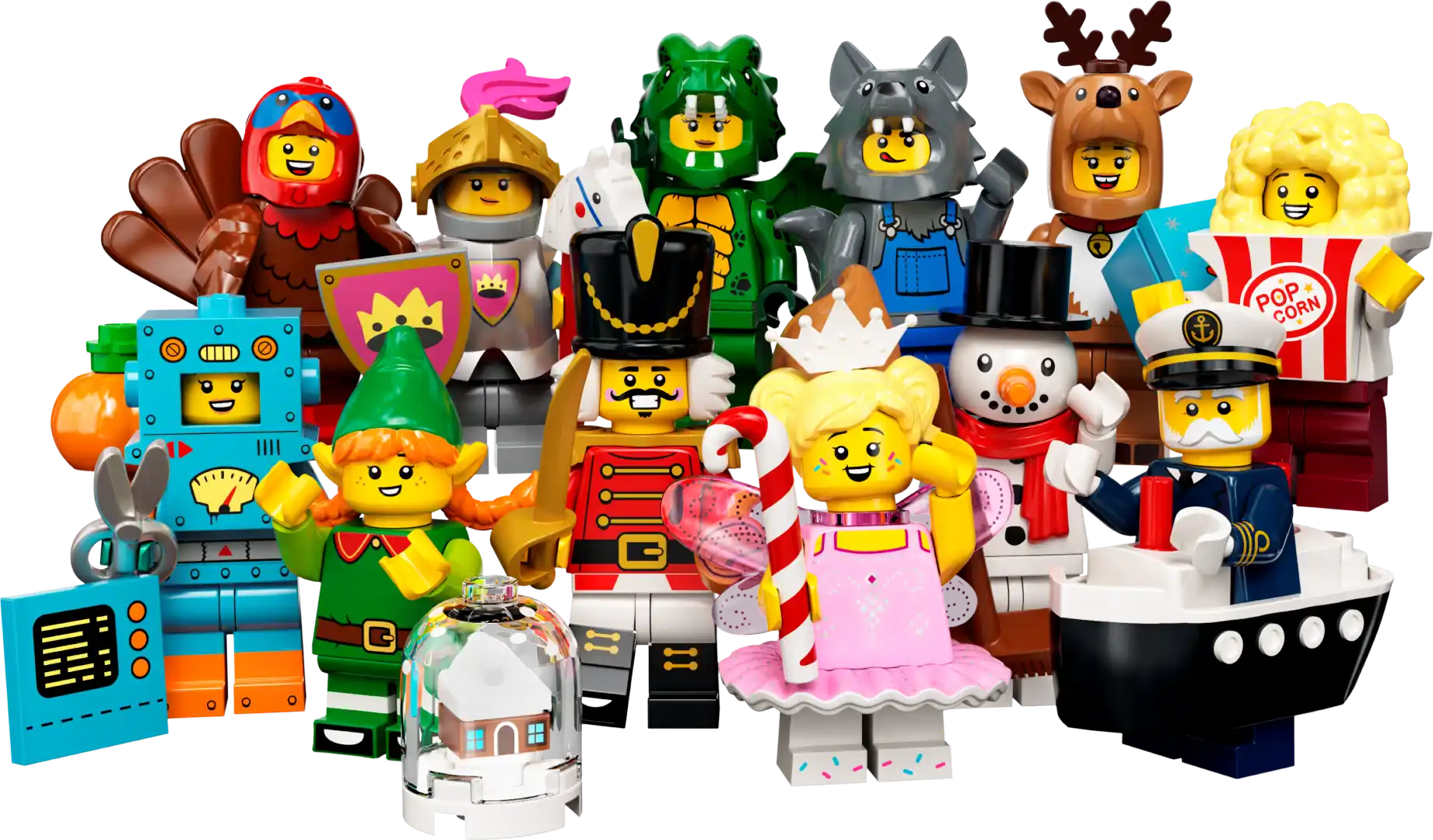
There’s something satisfying about building a unique character from a few simple bricks. Maybe you want a figure that looks like your favorite video game
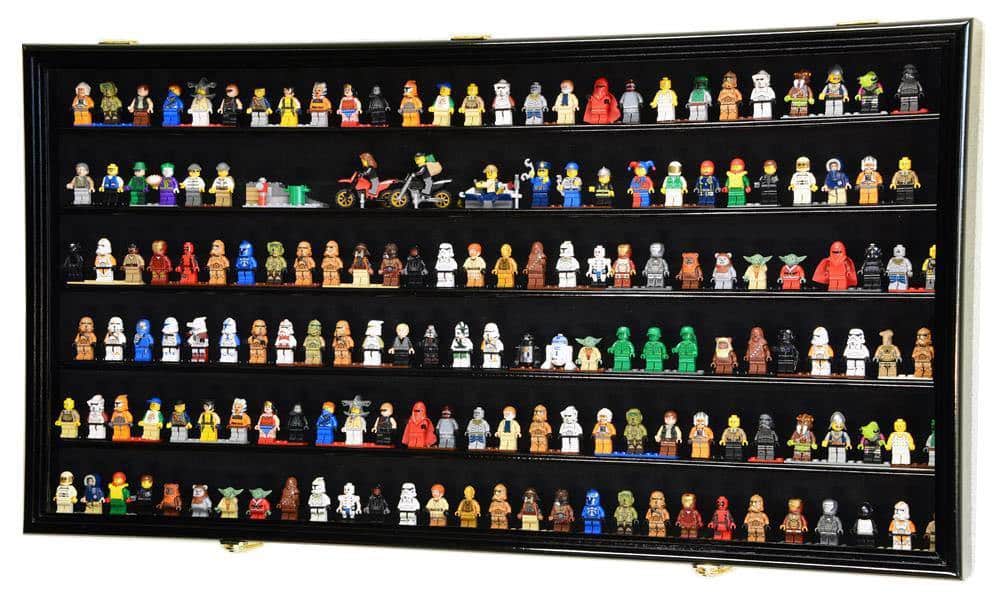
LEGO minifigures have become a cultural icon adored by children and collectors alike. As a company specializing in high-quality minifigures across different categories, Minifig.biz understands
© 2022 All rights reserved. LEGO® is a trademark of the LEGO Group of companies which does not sponsor, or endorse our products
Made with ❤ by Minifig.biz